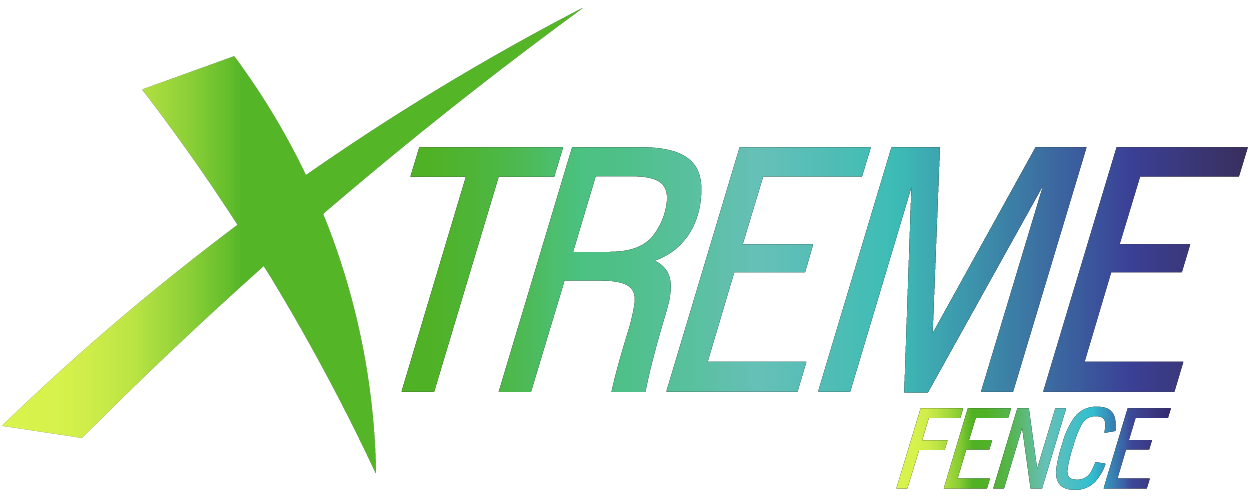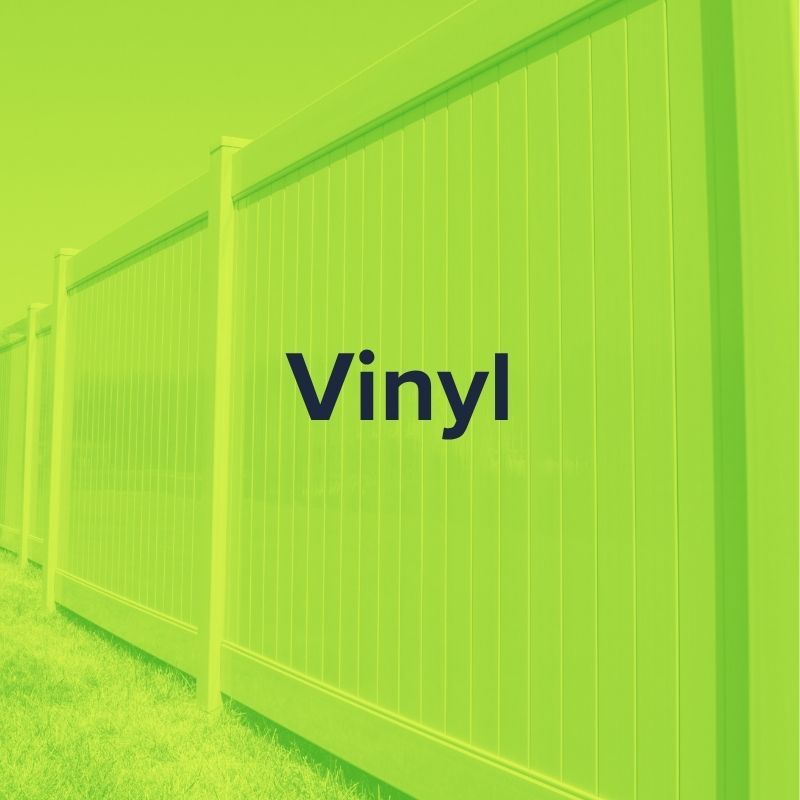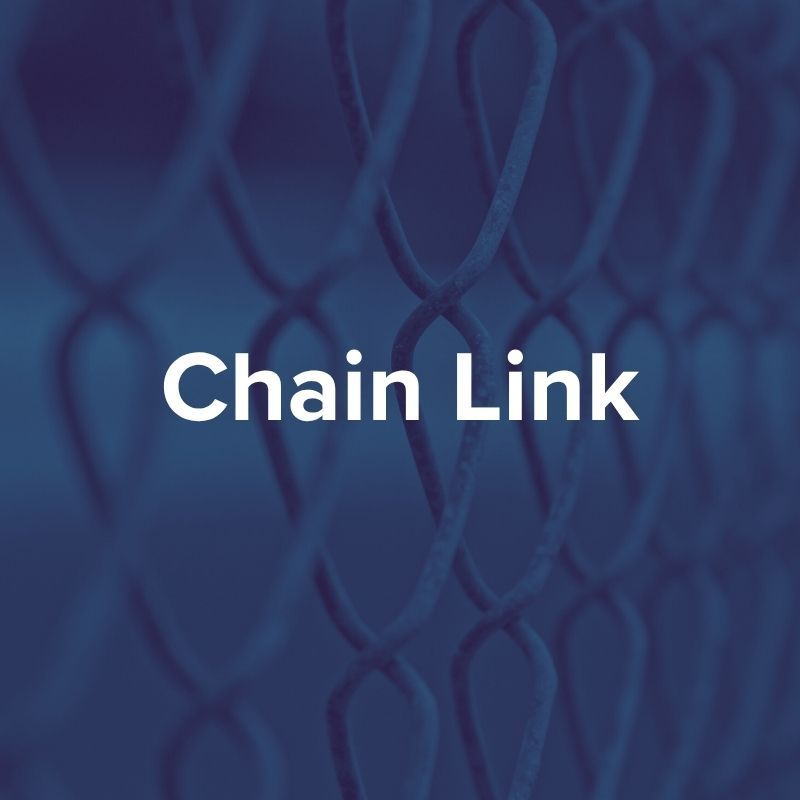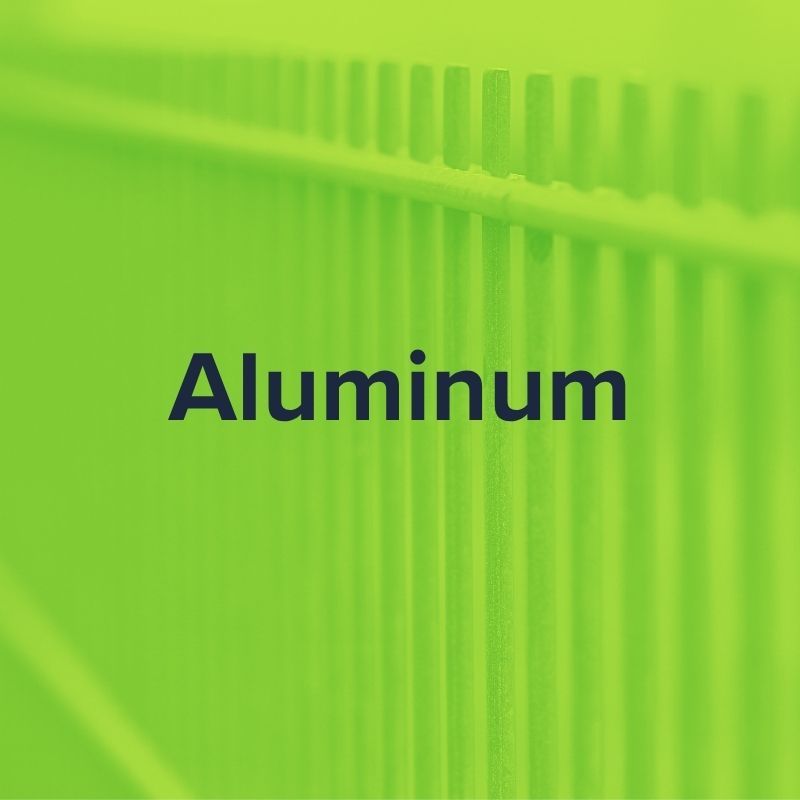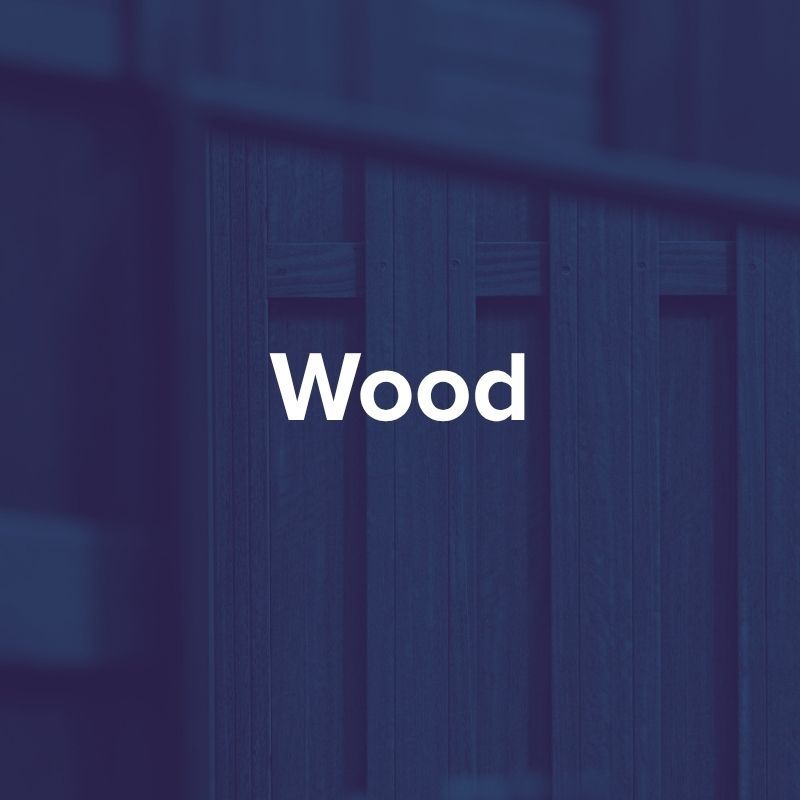Professional Vinyl Fence Installation in Coral Springs
Beautiful & Durable Vinyl Fencing
Are you looking for a stylish, modern, and low-maintenance fencing solution? Our professional vinyl fence installation services provide the perfect blend of elegance and durability to enhance your property’s security and curb appeal. Contact us to explore our wide range of vinyl styles!

At Xtreme Fence, we specialize in installing high-quality vinyl fences that stand the test of time. Unlike wood, vinyl won't warp, rot, or splinter, and it never needs to be painted or stained. It’s an ideal choice for homeowners in Coral Springs who want a beautiful fence without the constant upkeep. We source the best materials to ensure your fence remains vibrant and strong for years.
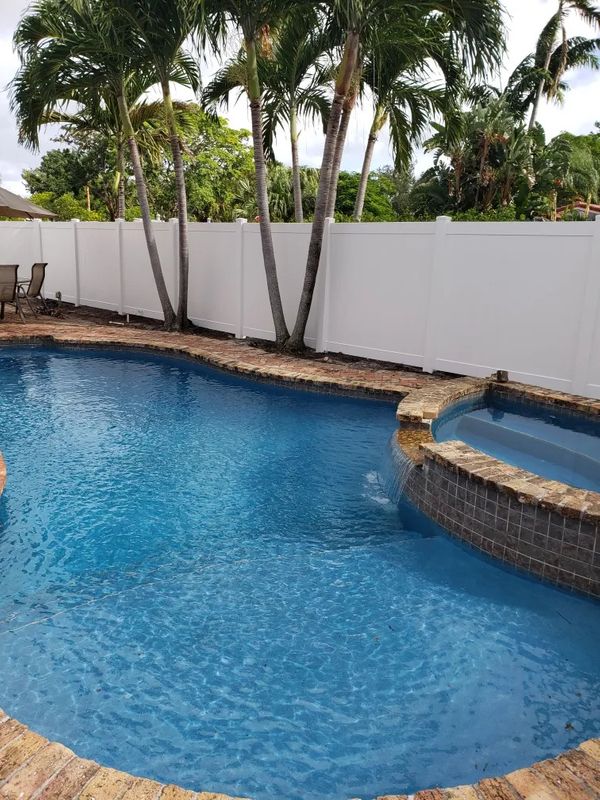
Why Choose Our Vinyl Fences?
When you partner with us for your vinyl fence installation, you are investing in a hassle-free and long-lasting solution for your property. We are committed to delivering a product that not only looks great but also provides the functionality and peace of mind you deserve.
Extremely Low Maintenance
Resistant to Weathering and Pests
Available in a Variety of Styles & Colors
Increases Privacy and Security
Enhances Property Value
Our Vinyl Fence Process
Our installation process is designed for efficiency and precision. We begin with a detailed consultation to understand your vision and measure your property. Our skilled team then handles the entire installation with meticulous attention to detail, ensuring every panel and post is perfectly aligned and secure for a flawless finish.
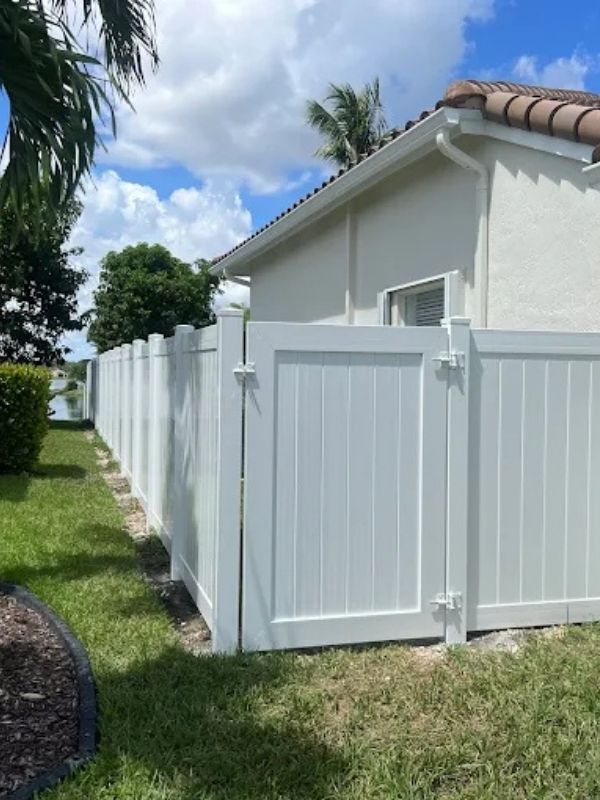
Seamless Integration of Your New Vinyl Fence Gate
A high-quality vinyl fence gate is essential for convenient property access and security. We don't just install fence lines; we ensure your gate is engineered for flawless, long-term performance. Our team focuses on reinforced posts, premium hardware, and a perfect swing mechanism that integrates seamlessly with your new vinyl fence panels. Trust our expertise to provide a sturdy, functional, and aesthetically pleasing entry point for your Coral Springs home.
The Xtreme Advantage in PVC Fence Installation
Choosing PVC fence material, which is synonymous with vinyl, is a decision for durability, but the installation is what matters most. Our process goes beyond basic digging. We use precise post-setting techniques and ensure proper concrete depths to guarantee superior stability against Florida's weather. This attention to detail in every fence installation ensures your investment remains secure, straight, and beautiful for decades.
What Our Clients Say
500+ 5 Star Reviews

"An excellent job. The work was done quickly and efficiently….gave our house a great appeal!! Highly recommend them!"
- Ivan

"I recently had a PVC fence installed by Xtreme Fence, and I couldn’t be happier with the results... The entire process was smooth, professional, and stress-free."
- Ruben

"...They never disappoint. Jessica is a breath of fresh air and Charles goes above and beyond to complete a perfect job. I highly recommend them."
- Dion
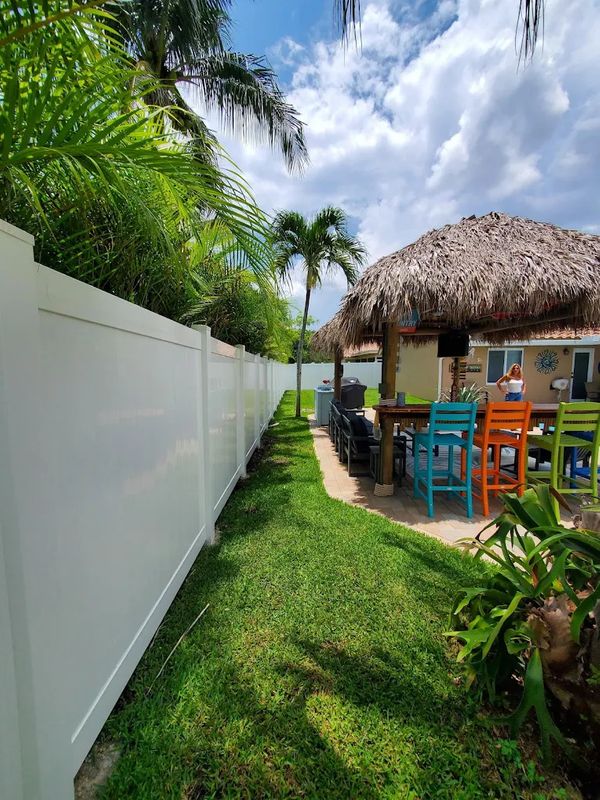
Benefits of Our Vinyl Fencing
Choosing a vinyl fence from Xtreme Fence means you get a superior product backed by expert installation. You will enjoy a beautiful, private, and secure yard without the worry of ongoing maintenance. It’s a smart investment that adds lasting value and beauty to your home or business.
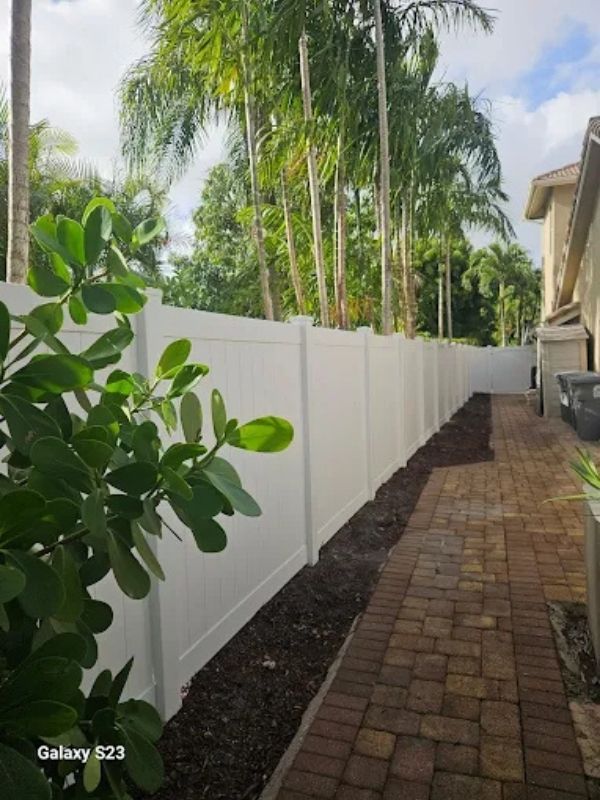
A Spectrum of Vinyl Styles: From Privacy to Picket
Your home deserves a personalized look. While the benefits of vinyl fence are consistent—durability and low maintenance—the style can be uniquely yours. Explore our full-privacy tall panels for maximum seclusion, charming semi-private options, or classic picket fences to define your property line. Whatever your aesthetic or security needs, we have the ideal vinyl style to complement your Coral Springs landscape. Call us today to see all available styles!
FAQs
How long does a typical vinyl fence installation take?
Most standard residential fence installation projects are completed efficiently within one to three days, depending on the length of the fence line and the number of gates required. We communicate timelines clearly from the start.
What maintenance is required for a vinyl fence and gate?
Virtually none! The appeal of a vinyl fence is its extremely low maintenance profile. Unlike wood, it never needs painting or staining. A simple occasional spray with a garden hose is usually enough to remove surface dirt. If you encounter stubborn marks, a mild soap and water solution works perfectly, keeping your fence and vinyl fence gate looking brand new.
Ready to Start Your Project?
Our team is ready to help you design the perfect fence. Contact us today for a free, no-obligation estimate for your home or business.
